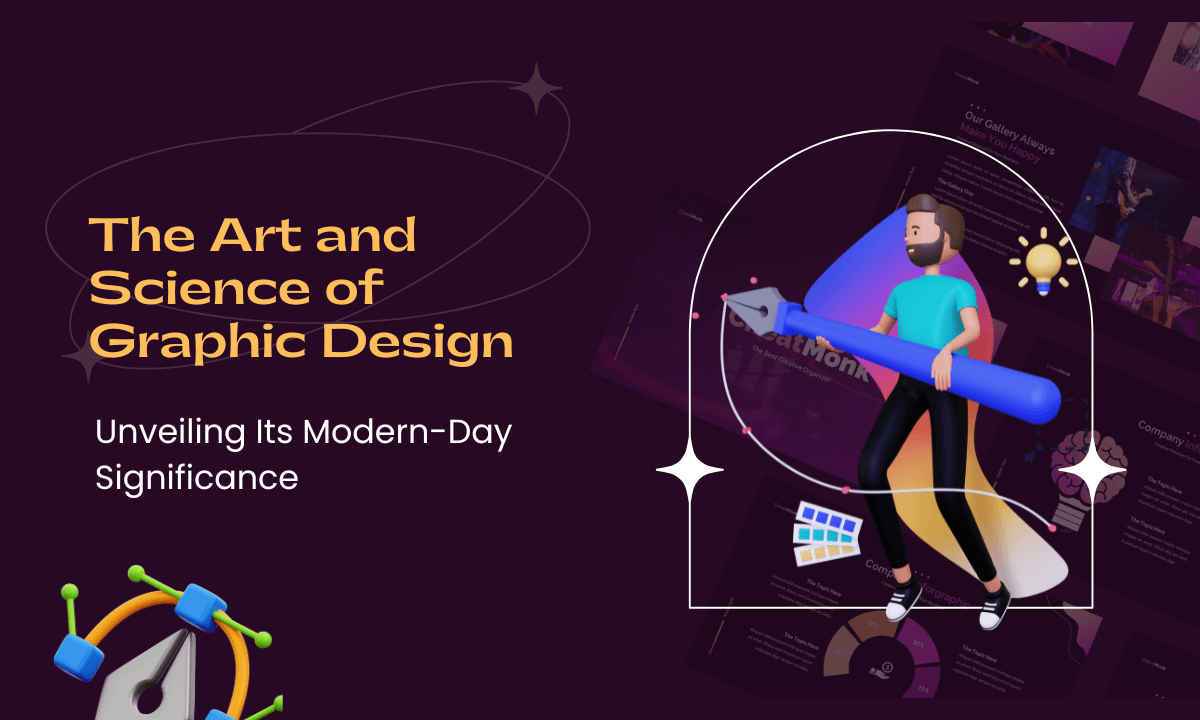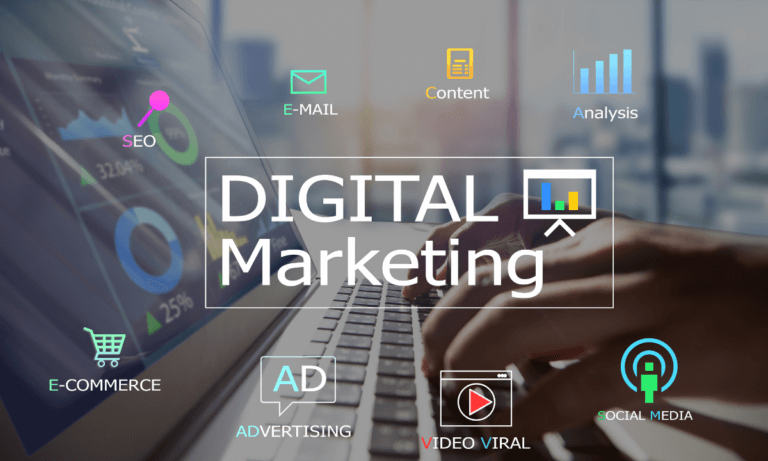Introduction
In today’s digital age, the visual language is more important than ever before. As we navigate a world saturated with information, the power of compelling graphics and design cannot be overstated. Graphic design has evolved from its humble origins into a dynamic, multifaceted field that influences virtually every aspect of our lives. In this blog, we will delve into the uses and importance of graphic design in the modern world, shedding light on how this artistic discipline continues to shape our perceptions, decisions, and interactions.
The Evolution of Graphic Design
Before we explore the contemporary role of graphic design, it’s essential to trace its evolution. Graphic design has come a long way from its origins in the early 20th century when it primarily focused on print media. Back then, designers created layouts for newspapers, magazines, posters, and advertisements. With the advent of technology, graphic design has expanded its horizons, embracing both traditional and digital mediums.
Digital Revolution
The rise of computers and the internet revolutionized graphic design. Designers transitioned from pencils, inks, and physical layouts to digital software like Adobe Photoshop, Illustrator, and InDesign. This transition enabled greater creativity, efficiency, and precision in design work.
Web Design
As the internet became an integral part of our daily lives, web design emerged as a specialized field of graphic design. Web designers craft visually appealing, user-friendly websites that serve as virtual storefronts for businesses and platforms for communication and information sharing.
Branding and Marketing
Graphic design plays a pivotal role in branding and marketing. Logos, packaging, and marketing collateral all rely on graphic design to convey brand identity and attract customers. Memorable designs can make or break a brand’s success in the competitive marketplace.
User Experience (UX) Design
In the digital age, user experience is paramount. UX designers use graphic design principles to create intuitive, visually pleasing interfaces for websites and applications. A seamless user experience keeps users engaged and returning for more.
Uses of Graphic Design in the Modern World
Now, let’s explore the multifaceted uses of graphic design in the modern world:
Communication and Information Dissemination
Graphic design serves as a universal language that transcends barriers. Infographics, charts, and visualizations help simplify complex information, making it accessible and engaging for a wide audience. Whether it’s conveying public health data or explaining a new product’s features, graphic design enhances communication.
Entertainment and Media
From movie posters to video game graphics, graphic design is at the heart of the entertainment industry. It captivates audiences, sets the tone, and sparks curiosity. The visually stunning effects in films and the immersive worlds of video games are testaments to the power of graphic design in storytelling.
Social Media
Social media platforms rely heavily on visuals to capture attention in a crowded digital landscape. Posts with compelling graphics are more likely to be shared and engage users. Graphic design also plays a crucial role in crafting social media advertisements that convert viewers into customers.
Architecture and Interior Design
Graphic design extends beyond the digital realm into physical spaces. Architects and interior designers use graphic elements to create visually harmonious and functional environments. Signage, wayfinding systems, and interior branding all fall under the purview of graphic design.
Healthcare and Public Awareness
In healthcare, graphic design aids in creating informative materials for patients and professionals alike. Public awareness campaigns, such as those related to public health crises, rely on graphic design to convey critical information and inspire action.
The Importance of Graphic Design in the Modern World
With its wide-ranging applications, graphic design has become indispensable in the modern world. Here are some key reasons why it holds such significance:
First Impressions Matter
In a world inundated with information, individuals make split-second judgments. A well-designed website, logo, or product packaging can leave a lasting positive impression. Conversely, poor design can deter potential customers and users.
Branding and Identity
Successful branding hinges on effective graphic design. A strong brand identity, conveyed through logos, colors, typography, and marketing materials, establishes trust and recognition. Think of iconic logos like Apple, Nike, or Coca-Cola, and you’ll understand the power of design in branding.
Enhanced Communication
Complex ideas and data are made digestible through effective design. Infographics, for example, can make statistics and trends more accessible and memorable. In a world where information overload is common, graphic design helps cut through the noise.
Competitive Advantage
Businesses that invest in high-quality graphic design gain a competitive edge. Eye-catching advertising, user-friendly websites, and appealing product packaging can sway customers toward one brand over another. In essence, design can be a deciding factor in purchase decisions.
Cultural and Social Impact
Graphic design has the power to reflect and influence cultural and social trends. From political posters that mobilize movements to logo redesigns that embrace inclusivity, design has the potential to shape our values and aspirations.
Innovation and Creativity
Graphic designers are innovators and problem solvers. They constantly push the boundaries of design to create new visual experiences. This drive for innovation keeps design fresh, exciting, and adaptable to changing needs.
Conclusion
In the modern world, graphic design is no longer confined to paper and print. It permeates every aspect of our lives, from the screens we interact with to the spaces we inhabit. Its uses are diverse and its importance undeniable. Graphic design simplifies communication, enhances aesthetics, and influences our choices.
As we continue to navigate the digital age, graphic design will remain a powerful tool for conveying ideas, building brands, and shaping the visual landscape of our world. Its ability to connect with people on a visceral level ensures that graphic design will always have a vital role in our modern society, bridging the gap between information and emotion, function and form.





